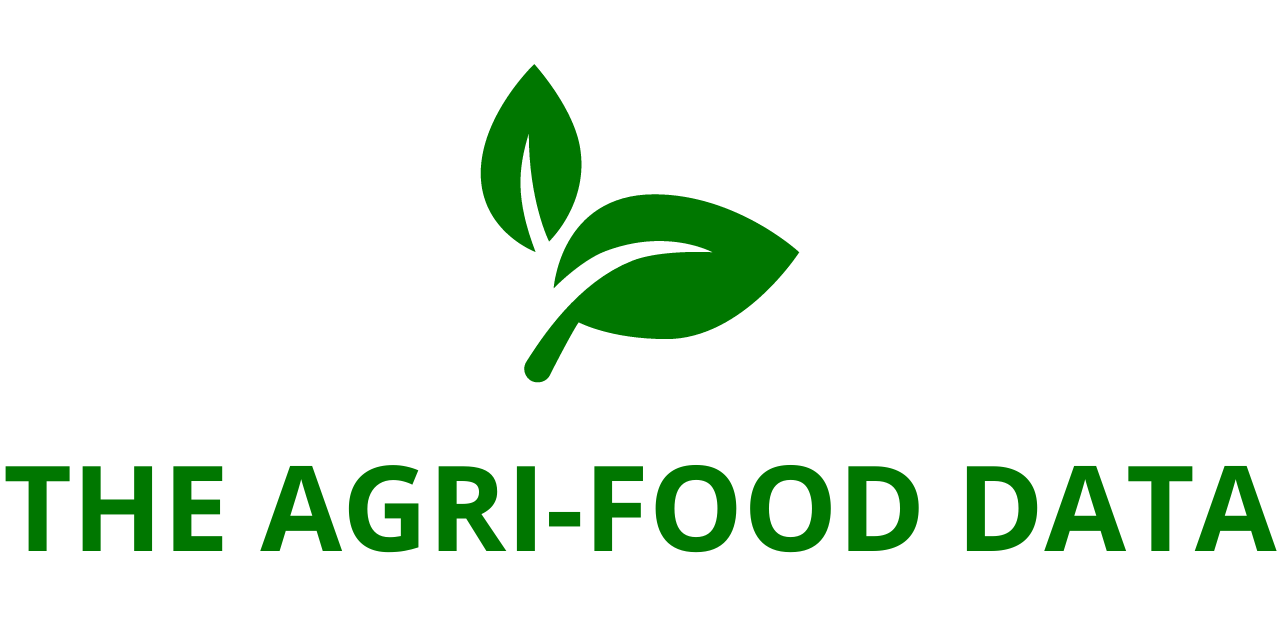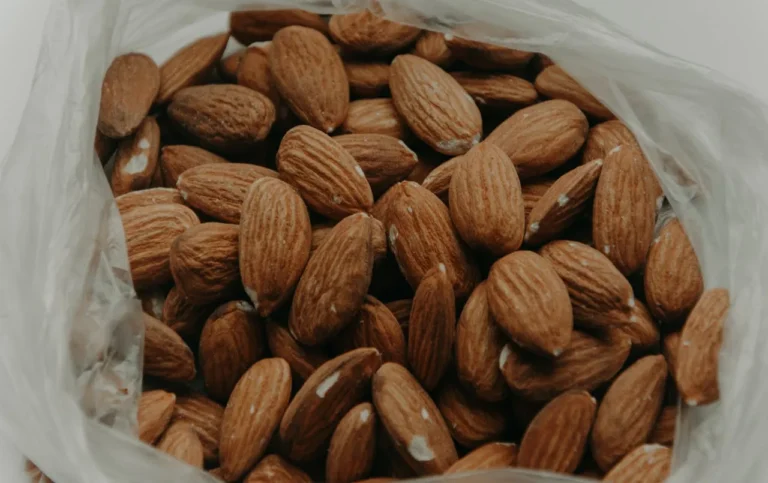
Milk and dairy products, similar as yogurt and rubbish, are the most extensively consumed foods in Japan, according to the Ministry of Agriculture, Forestry and Fisheries'” Food Balance wastes,” domestic consumption in FY2021. They are considered necessary masses that offer high nutritive value and bring uproariousness to the diet. But they are not without contestation because their product has a negative impact on the terrain.
Cattle eructations and ordure contain hothouse feasts( GHGs), similar as methane( CH4) and dinitrogen monoxide( N2O), which are estimated to regard for 3 of global GHG emigrations. Among these, GHG emigrations from dairy cattle regard for the largest share,44.5, of the total beast product. With cow emigrations honored as a major contributor to climate change, reducing their environmental impact is now a global challenge.
The Meiji Group has embarked on enterprise to reduce GHG emigrations in the dairy assiduity and move toward sustainable dairy husbandry. still, before we could reduce emigrations, we first had to measure them. Working together with dairy growers, we began an action to calculate the carbon footmark of products( CFP).
Measuring hothouse gas emigrations at dairy granges
CFP is a way to quantitatively fantasize environmental impact by calculating GHG emigrations( CO2 fellow) generated during the lifecycle of products from raw material procurement to product, distribution, consumption, and disposal. In the dairy assiduity, emigrations come from a wide variety of sources, including cow eructations and ordure, as well as energy used in the barn. thus, conducting CFP computations in cooperation with dairy growers is complicated and has noway been done grounded on factual data in Japan.
The Meiji Group shouldered this grueling action to raise mindfulness of environmental issues throughout the Japanese dairy assiduity.( Hiromitsu Amanuma, Manager, Supply Chain Team, Sustainability ManagementDept., Meiji effectsCo.,Ltd.)
Looking at the GHG emigrations( CO2 fellow) of the entire force chain of the Meiji Group, roughly 85 are related to the procurement of raw milk. With an ambitious thing of reducing GHG emigrations to nearly zero by 2050, we decided to take the lead in working with the Japanese dairy assiduity.
Developing the action, the first of its kind in Japan
The impact of the dairy assiduity on the global terrain is well proved. still, growers concentrated on the stable product of high quality milk have not traditionally seen environmental issues as their problem to break. Calculating CFP for milk would involve their cooperation. They would have to collect data in numerous areas similar as electricity rates, feed consumption, and energy consumption similar as diesel oil painting and electricity, a labor- ferocious task.
Meiji Group offered to help. We transferred Meiji Group workers to granges and had them work with the dairy growers to collect a time’s worth of data.
The CFP computation * per bottle of milk, grounded on factual data for Meiji Organic Milk, which is made from raw milk from a designated ranch in Tsubetsu- cho, Abashiri County, Hokkaido, was nearly the same as the figure calculated overseas 91 for upstream( sourcing), 6 for” midstream( product), and 3 for downstream( distribution to disposal). The figures were clear; utmost of the CFP came from processes related to milk product.
We calculated CFP by pertaining to the guidelines for calculating the global standard recommended by the Environmental Product protestation( EPD), which is an transnational standard, and the transnational Dairy Federation( IDF), which is an transnational association.
We’ll continue our sweats toward the coming step of reducing GHG emigrations.
This action involves some work that’s burdensome for directors, similar as asking them to give data that isn’t generally collected for dairy operations. thus, we made sure to explain the significance of the CFP computation in detail to encourage participation in the check. As a result, we had good involvement from the dairy growers and were suitable to calculate the CFP. Quantifying in numerical form the source of GHG emigrations in dairy ranch operation is an important first step in helping Japanese dairy growers and the dairy assiduity understand their impact on the terrain. We’d like to thank everyone for their cooperation in calculating the CFP of milk, and we intend to continue our sweats toward the coming step of reducing emigrations.
Source Link:https://www.meiji.com/




